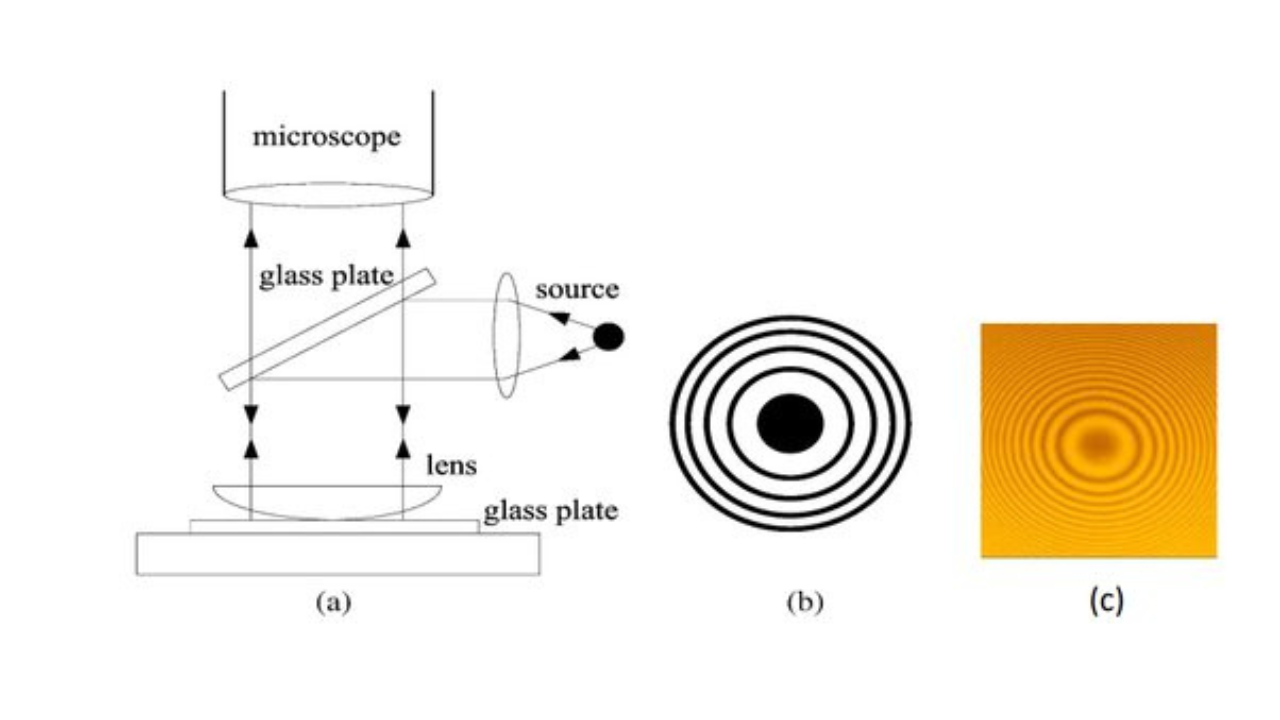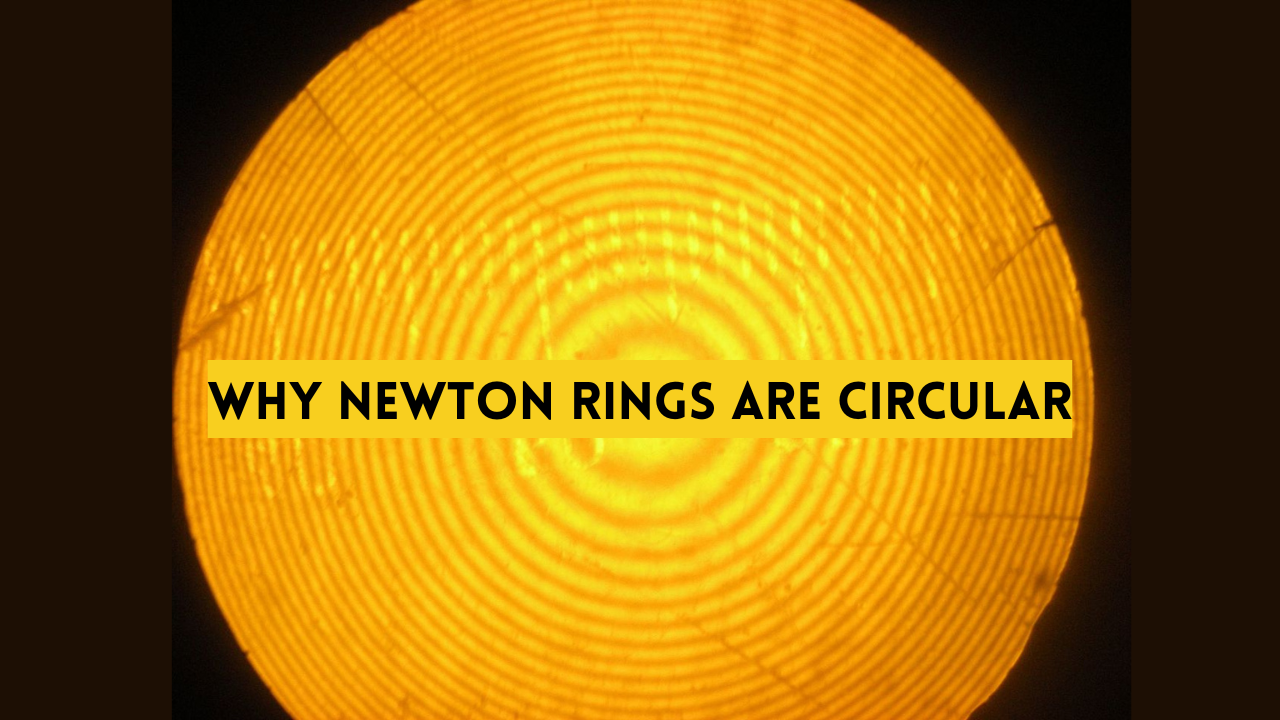Introduction:
Certain phenomena in physics and optics captivate our attention due to their intricate and exquisite nature. Newton’s rings, an enthralling display of concentric circles produced by the interplay of light and thin layers of transparent materials, is one such intriguing optical phenomenon. Sir Isaac Newton first noticed these rings in 1717 while studying the colors produced by a glass prism. Today we dive into the fascinating world of Newton’s rings and explore the scientific reasons for their fascinating circular formation.
The Basics of Newton’s Rings:
Newton’s rings occur when a plane convex lens, usually a convex glass lens placed on a flat glass surface, forms a thin wedge of air. When illuminated with monochromatic light, such as laser light, the phenomenon unfolds. A thin wedge of air creates interference patterns due to the reflection and transmission of light waves.
Circular Patterns:
The most characteristic feature of Newton’s rings is their round shape. These concentric circles are formed between light waves reflected from the upper and lower surfaces of the air wedge. The perturbation pattern results in alternating regions of constructive and destructive perturbation, which cause the formation of bright and dark rings, respectively.
Constructive Interference:
At certain points, the waves reflected from the upper and lower surfaces of the airfoil meet in phase, causing constructive interference. In these regions, the waves reinforce each other, creating bright rings. Constructive interference occurs when the optical path difference (the difference in the distance traveled by the reflected waves) is an integer number of the wavelength of the incoming light.
Destructive Interference:
In contrast, reflected waves at other points are out of phase, causing destructive interference. In these regions, the waves cancel each other out, resulting in dark rings. Destructive interference occurs when the optical path difference is a half-integer wavelength.
Circular Symmetry:
The circular arrangement of Newton’s rings is a consequence of the spherical symmetry of the air wedge formed between the convex lens and the flat surface. The interference patterns are uniform in all directions around the center, producing characteristic circular rings.

Practical Applications:
Newton Rings have found applications in various fields, including optics, materials science, and quality control. They are used to study the irregularities and irregularities of thin films, coatings, and surfaces. By analyzing the patterns and spacing of the rings, scientists and engineers can gain insight into the thickness and uniformity of the transparent films.
Conclusion:
Newton’s rings continue to fascinate scientists and enthusiasts alike, offering a fascinating look at the complex interplay between light and matter. The circular symmetry of these rings is due to the principles of interference and the special geometry of the air wedge. By unraveling the mysteries of Newton’s rings, we gain a deeper understanding of the wonders of optics and the profound knowledge they provide about the nature of light and materials.

